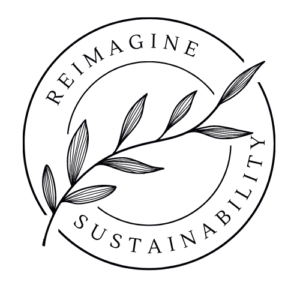Sustainable living refers to adapting our lifestyles to live within the Earth’s means. You might have come across the term ‘net zero living’ or ‘zero energy balance’. Unfortunately, those terms do not serve well as a compass on HOW to live sustainably. Therefore, I created a series of sustainable URBAN living strategies to give the right advice on making your lifestyle more sustainable. In this article, we focus on energy in the form of electricity and heat: sustainable energy living.
In general, sustainable energy living follows the principle of less is more. When you implement those strategies, you will not only be more environmentally friendly, but you will also decrease the pressure on your wallet and save money.
The idea that we are more sustainable by replacing everything unsustainable is counterproductive. Sustainable energy living supports the positive impact of reducing the pressure on the environment by using less energy. We need to use a lot less.
Besides giving you simple instructions to live more energy efficiently, I also collected the benefits you gain from implementing those sustainable energy living strategies. As a matter of fact, sustainable living does not only benefit the environment, it benefits you too.
To plant a seed for sustainable energy living
Before we continue with the juicy information, there are some general thoughts I want to share with you regarding your mindset or as I like to call it: nurturing ground. Our mindset is a powerful tool to achieve whatever we want. Therefore, I want to bring you into the right swing before you dive into the sustainable energy living strategies:
- Consume mindfully.
- Break it down into small steps.
- Do not get distracted by people who are not on the same journey (yet).
- We spent most of our time at home.
- When there is a suggestion to switch products, do so when the old one is not working or burnt out; use what you have.
- Create systems (like habits) that support your sustainable lifestyle.
Strategies for sustainable energy living
Switch your light bulbs. Energy-saving light bulbs like LED (light-emitting diodes) are up to 90% more efficient than incandescent light bulbs or halogen light bulbs. At first glance, LED light bulbs are more expensive, but they are cheaper in the long run. LEDs use about 75% less energy than the two counterpart bulbs and last 5 to 10 times longer!
According to the Department of Climate Change, Energy, the Environment and Water, 10 halogen light bulbs replaced with LEDs can save you 650 $AUD/420 €/440 US$ over a period of 10 years.
Take preference in sunlight. Use natural light when possible. It will help you reduce your electricity bills immensely. Living in the city, you might not be in favour of the sun’s trajectory, depending on the location of your apartment and the orientation of your windows.
Luckily, there are ways to maximise the light you have. Here are some suggestions to make your dark apartment look lighter:
- Place mirrors strategically to make your room look bigger and lighter.
- Shiny objects like bowls or flower pots can reflect the little light you have.
- Choose bright furniture and decoration. Avoid clunky and heavy-looking furniture. The same goes for the choice of fabrics: lighter colours.
- Paint your walls white.
- Place lighting according to your needs, and brighten up the places which your use often (Do not forget to instal the LEDs).
Make switching electronics off your new flirt strategy. 10-15% of consumed electricity comes from appliances in standby mode. Leaving your appliances on standby can add 150 AUD/96 €/101 US$ to your electricity bill – per year. This suggestion needs a Sherlock Holmes hat. Go through all your rooms and identify every electronic that unnecessarily consumes energy when not in use.

Found in a hostel in Thailand
Here is a list of the highest energy-sucking appliances (yeah it sucks):
- Wireless router
- Multi-function printer
- Digital video recorder
- Soundbar
- Smart speaker
- Washing machine
- Clothes dryer
- Microwave
- Powered wireless speaker
- Laptop
- Television
- Games console
- Air conditioner
What to do? When not in use, flick the switch. Get into the habit of turning off your appliances after use. Make power appliances like multiplugs more accessible and do not hide them behind furniture, make them visible to you. There are also smart home devices on the market which include timers to switch your energy-using devices off at certain times of the day. Sensors can also help to reduce your energy consumption.
Overall, I suggest you make it a sustainable habit to manually switch off all your devices. It increases your awareness to live energy efficiently, plus it makes you feel better when you remember to live more sustainably
Consume heat mindfully. In the colder months, heating can become essential to keep your apartment warm. Find out what the energy (star) rating of your heating system is. Additionally, learning how to use a thermostat efficiently will save you some cash. Between 18°C to 20°C is the most efficient temperature. Every extra 1°C adds 10% to your heating bill.
Tips to reduce your heating bill:
- Do not heat at night, instead use thick curtains or blinds to reduce heat loss by 20%
- Heat consciously means to heat less and only when you really need it. Avoid heating rooms that are not in use.
- When it is too cold in bed, consider using a hot-water bottle.
- On wooden floors or tiles, place carpets for warmer feet.
- Do not leave stuff on your radiator or do not put furniture on top or in front to make it easier for the warm air to circulate in the room and heat it consistently.
Sustainability Victoria explains the pros and cons of different heating options. If you rent, have a talk with your landlord and find a solution to install a more sustainable heating option in the apartment. Moreover, insulation might be another option to make your apartment more efficient to keep it cool or warm.
For the hard-hearted among us who want to save a big chunk of money: ditch your heater and put on more clothes. Extra layers of clothing or blankets make coldness bearable. It might be a good time to learn how to knit thick socks and beanies.
Put your signature on the contract of a renewable energy provider. Switching electricity providers (if possible) is one of the most effective solutions for sustainable energy living. Not only are you consuming electricity made by nature, but you also support an industry that aims at providing clean energy to households. Ditch coal and gas and say hello to sun, wind or hydro.
Every country has different providers, so I suggest you find your opportunities to show highly polluting electricity providers the stinky finger and embrace mother nature’s gifts. The persistent rumour persists that renewable energy is more expensive, but luckily as with most technologies, the cost sinks due to technological advancements and investments. For example, solar is already cheaper than dirty energy.

Development of prices from different energy sources (from Our World In Data)
Sustainable energy living: Switch your lights off and save the planet
Remember, unsustainability is the current norm. That needs to change and every single one of us has the opportunity to become the change. After all, sustainable energy living is simply about readjusting our understanding of how we want to live. Do you want to live on the cost of the planet and consume as if there is no tomorrow?
The answer is no. Of course, we can do better. We can make a difference and find solutions. Even in the most hostile areas for sustainability: Cities.
Sustainability is about continuous improvement. Those sustainable energy living strategies are no exemption. Equally, I want to keep those strategies up to date.
If you have any sustainable energy strategies or suggestions to share, I am looking forward to hearing or reading from you. Simply reply via comments or send me a direct message via this contact form.



There is a group of plants called thermogenic plants that are able to produce their own heat. I think non of them is suitable as a house plant and it they were probably they would not produce enough heat, but how cool would that be 👀
Love your idea! This will be added to the list as a future opportunity 🙂 Thank you for sharing this cool energy-saving idea!